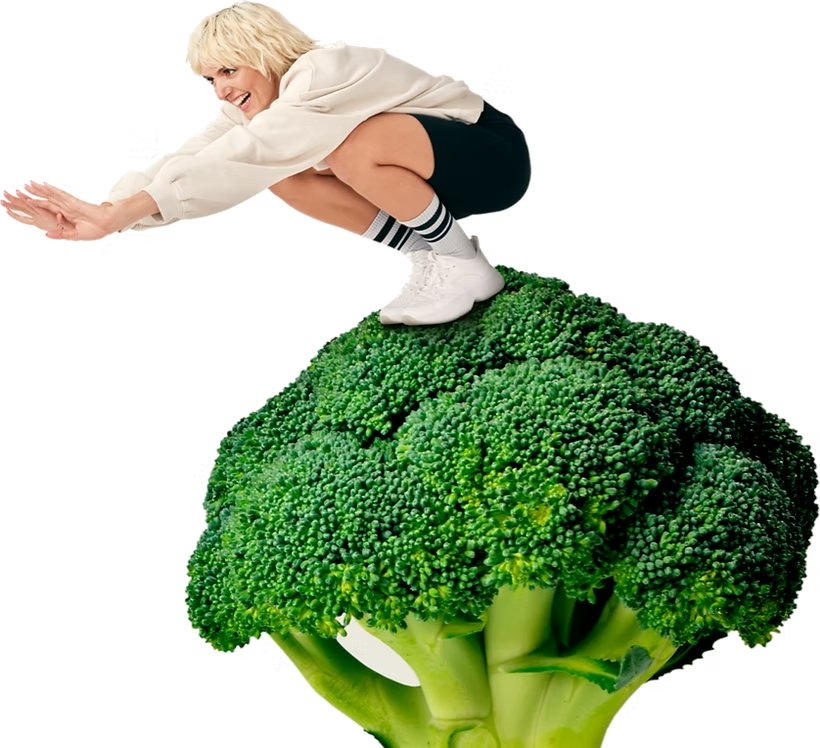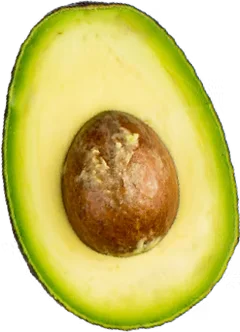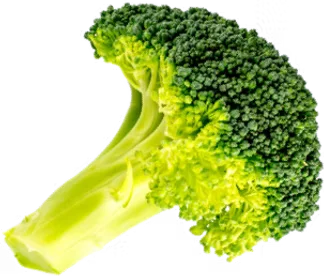VEGGIE STARTER
VEGGIE STARTERS TO STEADY YOUR GLUCOSE :
THE ULTIMATE 2024 GUIDE
This is a complete guide to veggie starters, one of my most powerful hacks.
So if you’re looking to:
→ Manage your glucose.
→ Reduce cravings and hunger.
→ Feel amazing.
Then you're in the right place. Let’s get started.














